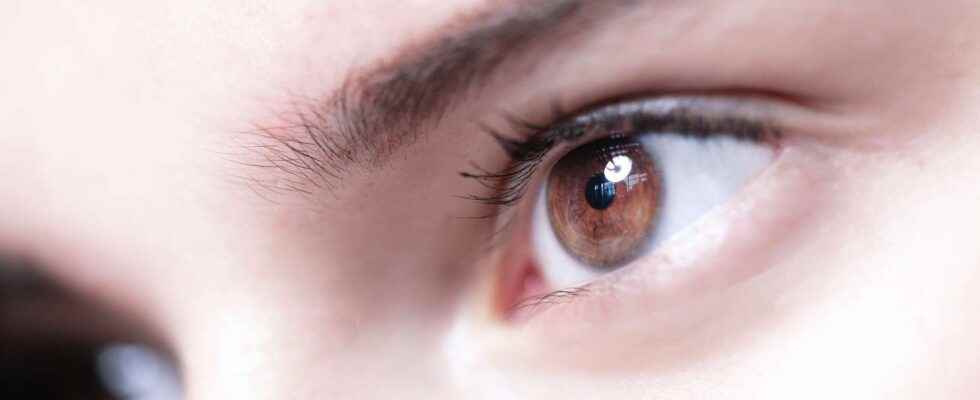Imagine a camera worn on the shoulder of a walking person. The image produced is not stable: it jumps and is blurred. What about our eyes? How is it that vision remains stable even when our head is moving? Researchers may have found the answer.
You will also be interested
[EN VIDÉO] 5 myths about the human brain On the occasion of Brain Week, which takes place from March 16 to 22, 2020, here are 5 myths about the human brain that die hard. Are they true or false? Video answer!
Our eyes constantly send huge amounts of information to our brain about our surroundings: colors, shapes, light intensity. When we walk, for example, this information changes every moment depending on our position in relation to the objects around us. It becomes even more complex when we are moving and the objects around us are also in motion. movement. Yet that is not how we feel: we have a relatively clear visual perception of our surroundings, without making any special effort. How does our brain instantly process all this information? It may well be that it does not process them instantly! A study published on January 12, 2022 in Science Advances provides some answers.
Our brain sends us a smoothed image of the last 15 seconds
Researchers from the Department of Psychology at the University of California have been able to demonstrate the fact that the brain does not analyze data from eyes live. Indeed, it sends us a summary, an average in a way, of the information received during the last 15 seconds. our brain has the extraordinary ability to consolidate astronomical amounts of visual information so that we can have a fluid and smooth rendering of our environment. This is a real visual illusion!
How did the researchers prove this?
An experiment was conducted on three groups of individuals. The first group (n=44) viewed the static image of a 13-year-old child’s face. The second group (n=45) viewed the static image of a 25.5 year old adult. The third group (n=47) initially viewed the image of the 13-year-old child presented to the first group, gradually aging to arrive at the image of the face of the 25.5-year-old adult presented to the second group . The duration of film presented to the third group was 30 seconds. At the end of the viewing, a question was asked to the participants: how old is the person at the end of the film? Almost all of the participants rated the age at around 20 years old. Which corresponds to the real age of the face 15 seconds before the end of the film! Concerning the first two groups having viewed a static image, the same question was asked and the participants were able to give the approximate age of the face.
The reverse experiment was conducted on a fourth group, with a video starting with the face of the 25.5-year-old adult and ending with the image of the 13-year-old face (rejuvenation). Again, the participants answered the question by giving the age of the face that had appeared 15 seconds before the end of the video.
In conclusion, the researchers note that our brain adopt this strategy to save money! It would be too tedious to process all the data received in real time. But let’s keep in mind that what we see is actually a summary of the last 15 seconds.
Interested in what you just read?
